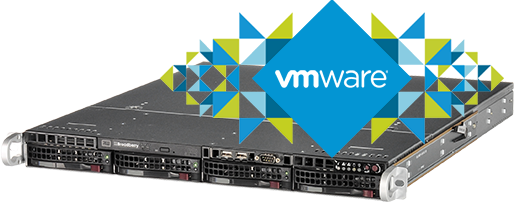MS Exchange Migration and Virtualization
Business Objective
To build a scalable, secure and robust IT infrastructure for 200 user environments from ground up.
Challenges
- Meet strict deadline target
- Migrate Exchange data from two completely different versions of exchange (Exchange 2007 & Exchange 2003) belonging to two different companies.
- Migrate SQL and user data from old to the new environment.
- Ensure redundancy for data, applications and the network.
- Plan and design Disaster recovery for the IT environment
Our Solution
This was a healthcare organization that needed new infrastructure built from scratch. In consultation with the customer, a detailed statement of work (SOW) was prepared. Microsoft project was used as the project management tool to prepare Gantt charts for the project. Project plan was documented with activities, time lines and resource allocation for each activity. Project activities were broken down to three implementation phases.
New environment consisted of DELL Equallogic PS 4100 SAN and VMware VSphere 5.1 as the virtualization platform. Entire infrastructure was built using windows 2012 servers. It included Windows 2012 Active directory, Exchange 2013 servers and other applications servers. SPAM filter of choice was GFI mail essential. Blackberry enterprise server was installed to synchronize blackberry devices with Exchange server.
For disaster recovery, VMWare Vmotion is used to seamlessly move live virtual machines between hosts without any down time for the users. Two Levels of backup systems were introduced. In Level 1, all VMs were backed up to network NAS device using DELL Appauusre. In level 2, file level backup jobs were created using Symantec Backup Exec.
User migration tasks were documented and tested for each version of windows PC before the live migration. Drive mapping & Printer mapping for the users were done using active directory group policies. Exchange data was migrated from Exchange 2007 & 2003 by running scripts on Exchange 2013. This had to be planned and performed in a timely manner to minimize user interruption.
Networking infrastructure included two Sonicwall firewalls in failover mode. Failover was configured to perform stateful failover from one device to the other. It was also possible to perform ISP failover from one ISP to another. Separate VLANs were created for network traffic, SAN data and vmotion traffic.
Best practices were followed in all aspects of the project implementation. This project was a great success because Synergy IT team was able to deliver the project on time and within the budget.


